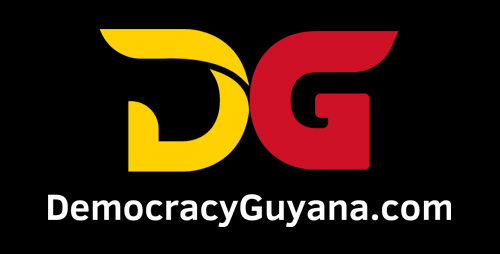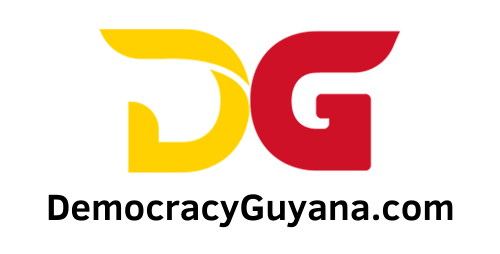In 2022, the World Bank (WB) published a fact sheet on Guyana, which asserted that Guyana’s poverty level, “measured using the upper-middle income poverty line (US$5.5 per day in 2011 PPP) has dropped from close to 61% in 2006 to 48% in 2019, but was still among the highest in the Latin America and Caribbean Region (LAC)”.
I publicly challenged the accuracy of this estimate, and the WB has since removed the referenced factsheet from its website. For ease of reference, the original link (now inactive) was: https://www.worldbank.org/…/09/02/the-world-bank-in-guyana. My critique was published in Stabroek News on December 15, 2022, and remains accessible here: https://www.stabroeknews.com/…/it-would-appear-the…/.
Yet, despite the removal of the factsheet, the WB continues to cite the same outdated and challengeable poverty estimate in its country overview for Guyana. To this end, reference is further made to a Stabroek News article dated July 17, 2025, with the caption: “World Bank says using poverty stats from 2019 as no recent data available”.
During a webinar organized by the Canada Caribbean Institute on July 8, 2025, I had the privilege of participating as a panelist for a book launched titled ‘Oil and Climate Change in Guyana’s Wet Neighborhood: Probing Promises and Potential Peril’ by distinguished Professor, Dr. Ivelaw Griffith, where I reiterated my position in response to another panelist, Dr. Janete Bulkan.
Dr. Bulkan and her colleagues affiliated with the Oil and Gas Governance Network (OGGN), most of whom are seasoned academics, appear to place significant reliance on reports published by international institutions such as the WB, often treating these publications as authoritative and beyond interrogation. In contrast, my academic training has instilled in me a fundamentally different approach. I am guided by the principles of critical inquiry: to critically examine, evaluate, and synthesize information regardless of the source. While I acknowledge the value and respect the work of institutions such as the WB, I do not accept their reports uncritically. Instead, I treat such reports analytically—assessing their assumptions, methodologies, and implications before arriving at my own informed conclusions.
With respect to estimating the poverty level in Guyana in the absence of an updated, credible and reliable report or data on the poverty level, anecdotal and economic indicators suggest that the rate of poverty is significantly lower than 48%. For instance, based level employees such as an unskilled laborer or a domestic worker, earn more than US$5.5 per day (US$165/month or G$34,402/month). A domestic helper earns $160,000/month, a cleaner earns more than $80,000/month, the lowest rank security officer earns more than $80,000/month, a laborer in the construction sector earns at a minimum $5,000/day (US$25/day).
It is important to note that poverty is typically measured at the household level, not the individual level. In doing so, there are different scientific approaches to measure poverty.
These include: (i) monetary approaches, (ii) multidimensional approaches, (iii) asset-based approaches, (iv) participatory and qualitative approaches, and (v) time based and dynamic approaches. Less rigorous approaches include the subjective and perception-based approaches.
Several socioeconomic indicators further substantiate the view that poverty has declined substantially, a few which were acknowledged by the International Monetary Fund (IMF) as noted in their Article IV Report (2025):
• The social welfare programmes targeting school children and senior citizens (direct cash transfers),
• The housing programme whereby homeownership has grown at an unprecedented rate, facilitated by a comprehensive fiscal programme designed to make homeownership affordable, through mortgage interest reliefs of 100%, and at a subsidized cost, both direct and indirect subsidies (50,000 in the last five years),
• Net disposable income has risen from $72 billion in 2015 to north of $400 billion in 2025,
• Individual savings in the banking sector have more than doubled since 2015,
• Vehicle ownership/registration has increased at a rate of 4x per annum from historical levels of less than 5,000 vehicles per annum, to more than 20,000 vehicles per annum.
• Private consumption (household consumption/expenditure) has risen from 8% of GDP in 2015 to 23% of GDP in 2024, up from $71 billion annually to $1.5 trillion annually, signaling stronger spending power and increases in net disposable income.
Against this background, any academically honest and methodologically sound poverty assessment in Guyana considering the comprehensive strategies employed by the present government aimed at poverty reduction, would conclude that poverty has reduced dramatically from over 90% in the late 1980s to less than 20% in 2025.





